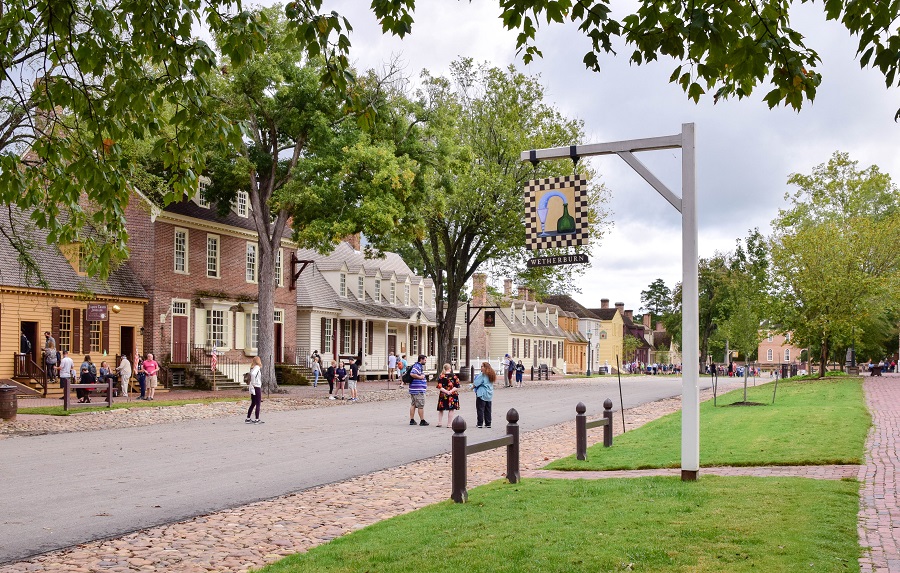Williamsburg, located in eastern Virginia, holds an important position in not only the collective conscious of Southerners but in the United States as a whole. The Jamestown colony, being doomed from the start due to its precarious position in the low-lying swampland of the James River, ultimately faded into ruin and by the dawn of the seventeenth century, the capital of the Virginia colony had moved to Williamsburg, a short distance away. It would become the center of social and cultural life in Virginia throughout the century, playing host to many important events that would lead to the American Revolution. In 1780, the capital would be moved again to Richmond, where it remains to this present day.
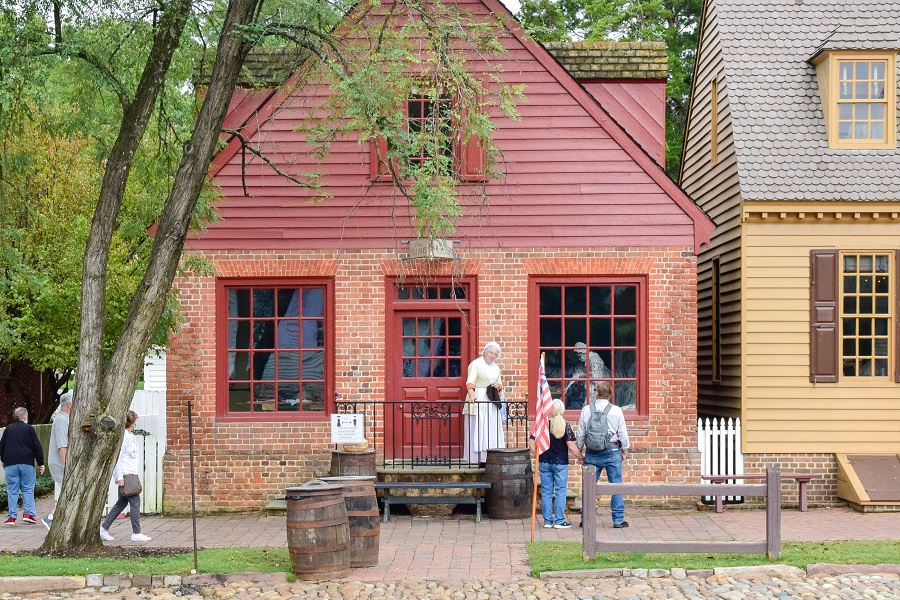
The town was founded in 1632 as Middle Plantation, built on high ground between the James and York rivers. During the early days of the Virginia Colony, it was suggested to construct a palisade across the Virginia Peninsula, to defend against potential Indian attacks. In 1693, the College of William & Mary, the second-oldest institution of higher education in the United States was established there, in honor of King William III and Queen Mary. As the new capital, Middle Plantation was renamed Williamsburg, also in honor of the English monarch.
The village was laid out centered along the Duke of Gloucester Street, connecting the college to a newly constructed Capitol building on its eastern end. It quickly became populated and wealthy, becoming the center of the colony’s socio-political life. The main throughfare played host to shops, gardens, and taverns. Across from the market green can be found the Governor’s Palace, home to John Murray, also known as the Lord Dunmore.

Lord Dunmore’s Palace
Funded at the behest of Lt. Governor Edward Nott by the House of Burgesses, the palace was the official residence of the Royal Governors of the Colony of Virginia. Work on the complex began in 1706 and continued until 1722. Its main reception hall is flanked on both sides by offices where Lord Dunmore worked and received visitors. Beyond, there is a staircase to the left leading towards the Governor’s private residences. On the first floor, can be found a large ballroom where the Governor entertained guests through elaborate night-long balls. Large portraits of King George III and his consort, Queen Charlotte reminded visitors of royal authority and the caste system under which the British Empire operated.
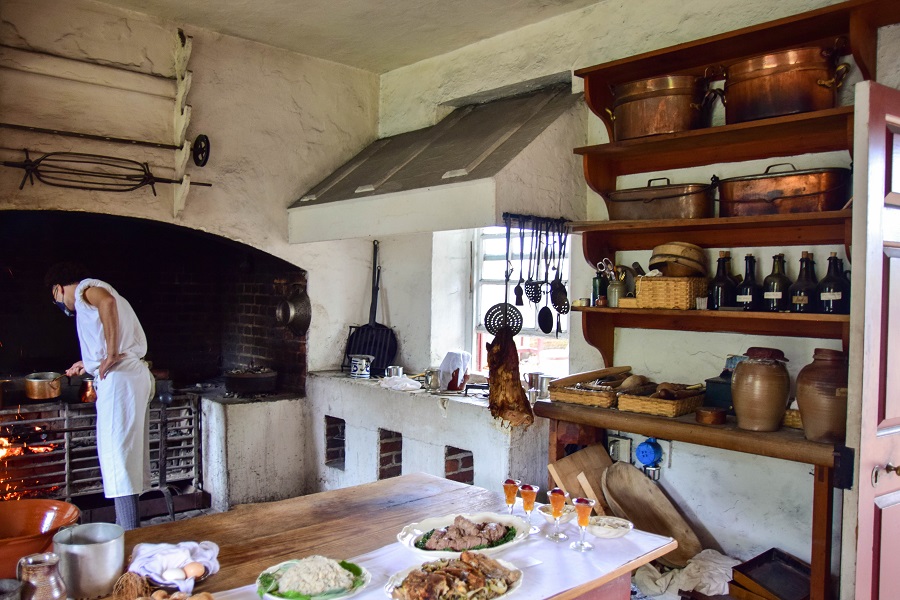
The exterior right-wing of the palace was home to a salt room, smoke room, and kitchen where servants and slaves worked to provide meals for the governor’s soirees. There were also gardens from which the palace’s food was cultivated, and beyond that – a maze to further entertain guests. Beyond the palace grounds was an attempted canal, the first of its kind in the United States. Its purpose was to connect the James and York rivers by connecting two of its respective tributaries – Archer’s Creek and Queen’s Creek. The remains of the canal can still be viewed today at the rear of the grounds.
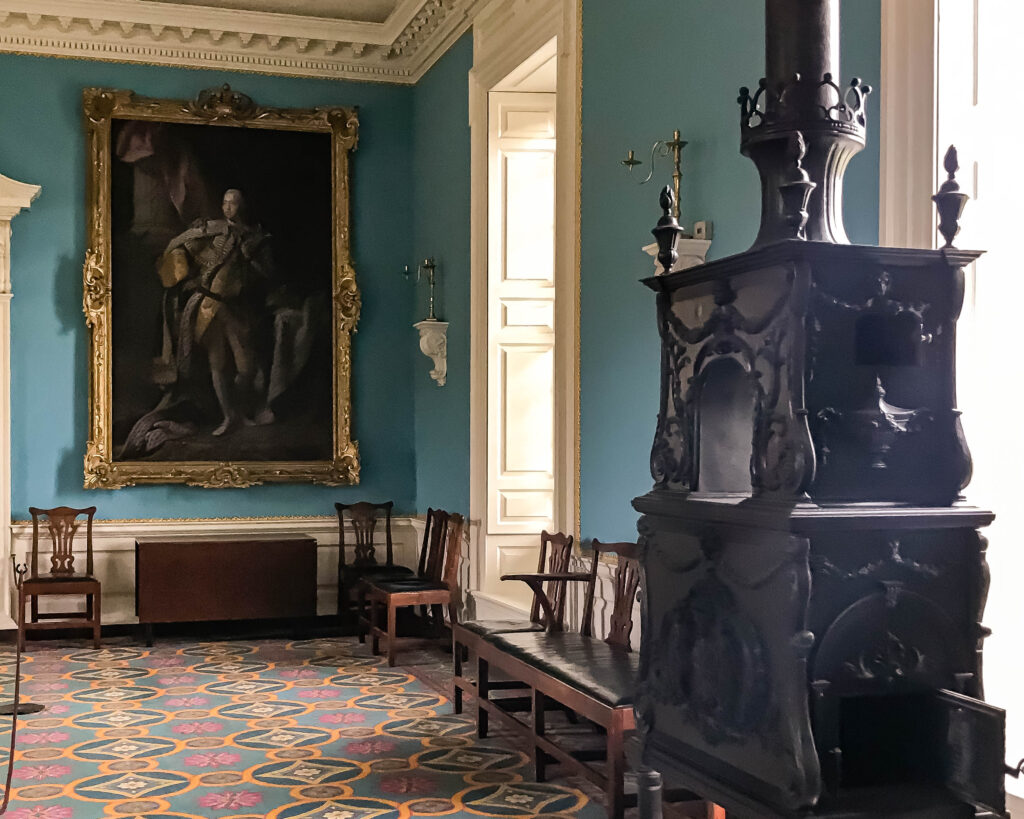
While the palace occupied a central position in Williamsburg, and was luxurious by colonial standards, it paled in comparison to Lord Dunmore’s castle back in Scotland and likely contributed to his general apathy towards his role of governor.
Revolutionary Fervor at Raleigh Tavern
The Duke of Gloucester Street is home to numerous taverns, which not only provided (and continues to do so to this day) lodging for visitors, but also played an important role in American history. Raleigh Tavern on the Duke of Gloucester Street hosted reception dinners for British governors. However, during the 1760s, the tavern also served as a salon of sedition for legislators once the House of Burgesses was dissolved by Lord Dunmore.
The tavern was the frequent meeting place of Thomas Jefferson, Patrick Henry, Peyton Randolph, and other American patriots. After the Revolution, the Marquis de Lafayette was entertained at a banquet there in 1824. The building survived in its original form until 1852, when it was burned to the ground by an arsonist. It would be reconstructed on its original site in 1930-31.
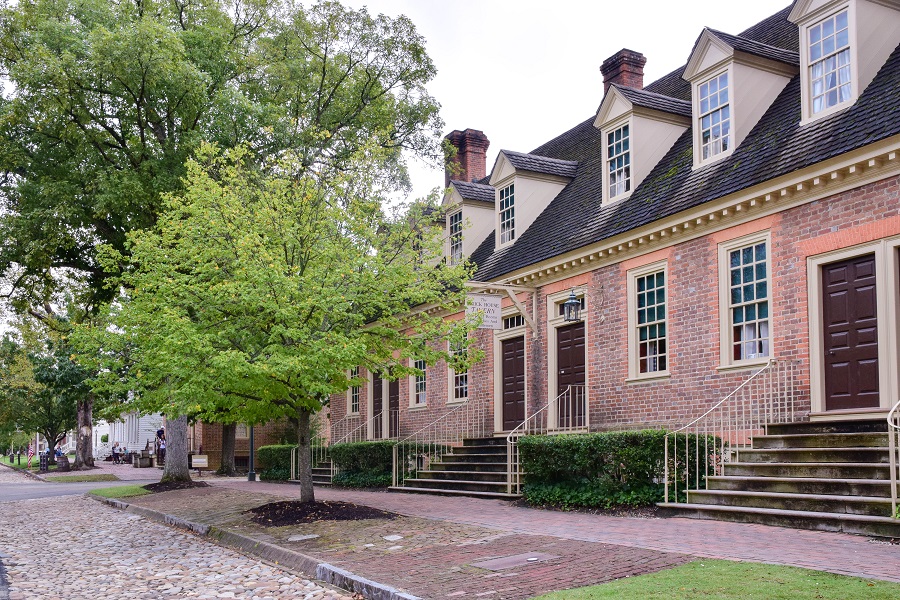
Accommodation for Ladies and Gentlemen
The Brick House Tavern can be found on the Duke of Gloucester Street. Built in 1770, the innkeeper, Mary Davis, advertised “12 or 14 very good lodging rooms” and noted that “…any ladies that may choose to spend a few weeks, whether for pleasure or education, may do it here both reasonably and conveniently.” The first-floor rooms were reserved for ladies and the rooms above for gentlemen. In an era where women did not have the same opportunities for comfortable and safe travel as men, the Brick House Tavern would have been a welcome site for travelers in need of lodging.
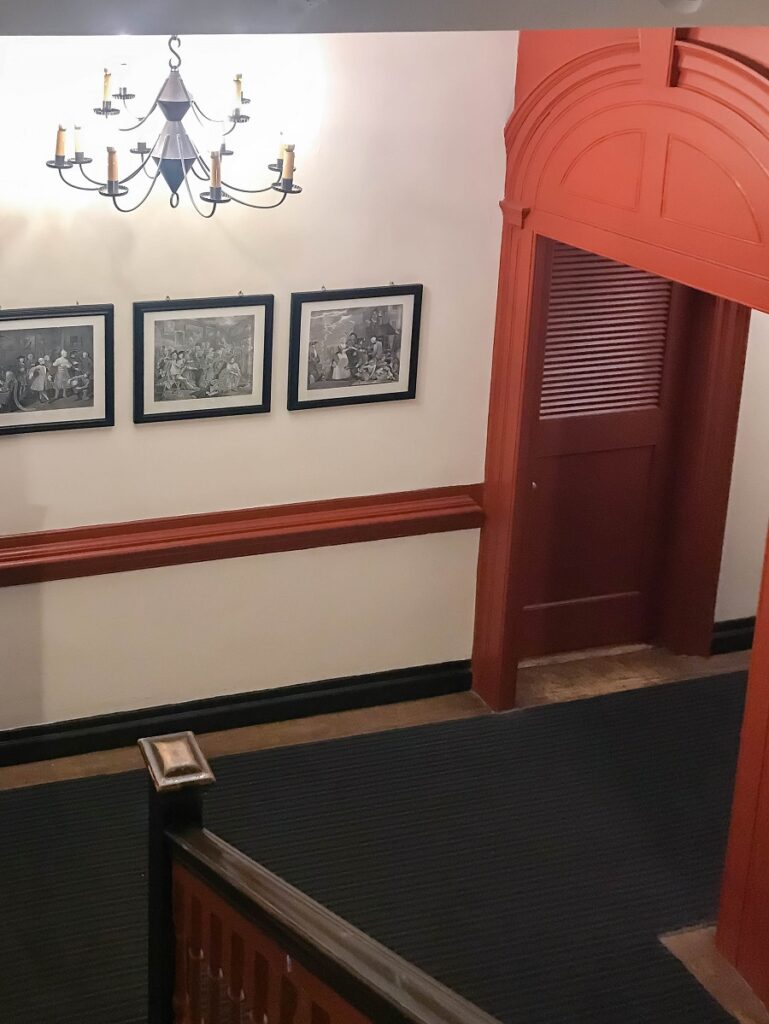
The Brick House Tavern has always provided lodging for guests and is one of the original buildings of Colonial Williamsburg whose original construction has survived. Today the tavern offers 16 rooms, all have private, full baths. Downstairs, there is a common room with a fireplace and room for sitting and conversing.
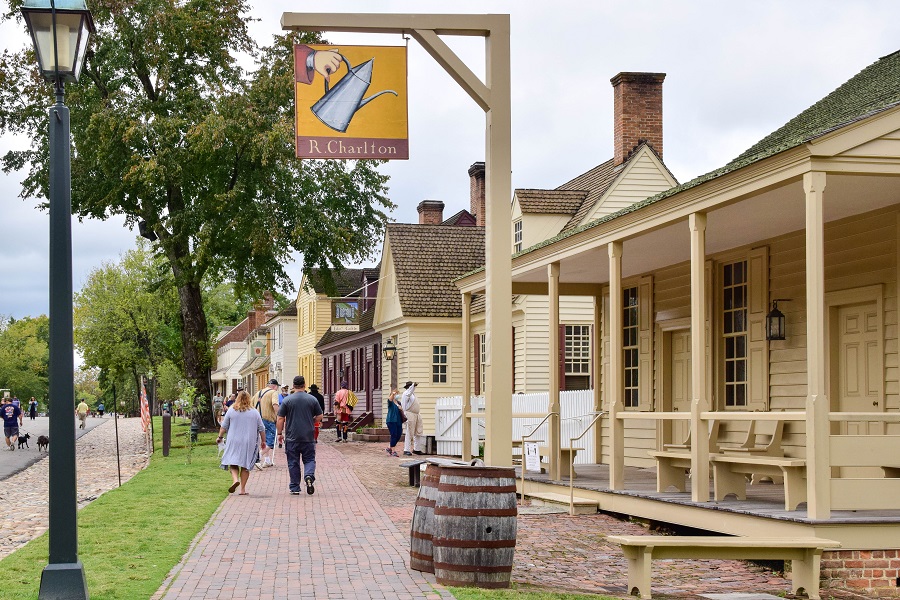
How Lord Dunmore lost control of Williamsburg
While the people of New England have rightful claim to firing the opening shots of the Revolutionary War, the Virginians also played an important role in the outbreak of hostilities. In April 1775, a dispute arose between Lord Dunmore and the Virginian colonists over a cache of gunpowder being kept in the magazine tower opposite the market green. Knowing that rebellion was in the air, the Virginians had begun to gather resources and instruments of war. Dunmore ordered his royal marines to seize the gunpowder from the magazine and transport it to a Royal Navy ship waiting in the James River.

The Virginians, alarmed to the governor’s actions, were furious. In retaliation, Patrick Henry led a small militia towards Williamsburg to force the return of the gunpowder. In the standoff, Dunmore threatened to declare freedom for the colony’s slaves and raze the town to the ground if attacked. Ultimately, the matter was resolved without conflict when a payment was made to the Virginians as compensation. Dunmore, no longer feeling safe in Virginia, fled to a Royal Navy ship, and attempted to rule the colony from sea.

